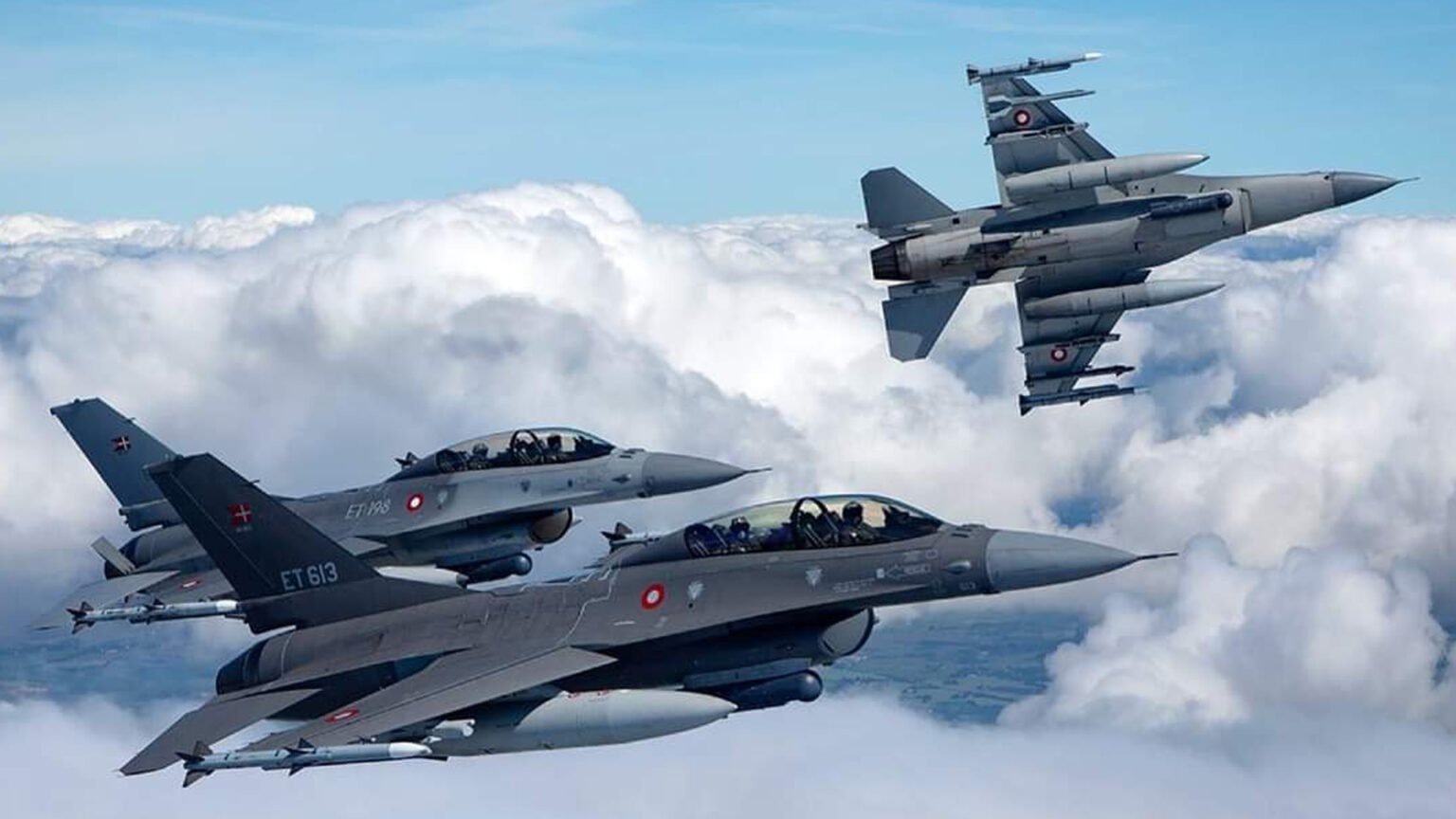
In a significant development that highlights the ongoing tensions in the Black Sea region, Ukrainian Navy intelligence has successfully intercepted radio communications revealing the loss of a Russian Su-30SM fighter jet during a combat mission southeast of Snake Island. The advanced fighter aircraft, valued at approximately $50 million, reportedly crashed under mysterious circumstances while conducting operations in contested waters, marking another substantial loss for Russia’s air force capabilities.
The incident, which occurred recently near the strategically important Zmiinyi Island (Snake Island), was discovered through sophisticated electronic surveillance operations conducted by Ukrainian military intelligence. The intercepted communications revealed Russian forces’ immediate concern about losing contact with their multirole fighter, prompting an extensive search and rescue operation that has yet to locate the missing pilots.
This latest aircraft loss underscores the risks faced by military aviation operating in the volatile Black Sea theater, where electronic warfare, advanced air defense systems, and challenging operational conditions continue to pose significant threats to both manned and unmanned aircraft. The Su-30SM, Russia’s premier twin-engine fighter, represents a considerable technological and financial investment, making its loss particularly significant for Russian military planners.
The Su-30SM: Russia’s Advanced Multirole Fighter
Technical Specifications and Capabilities
The Russian Su-30SM fighter jet represents one of Moscow’s most sophisticated air superiority platforms, designed as a twin-engine, twin-seat multirole fighter capable of conducting both air-to-air and air-to-ground missions. Manufactured by Sukhoi, this advanced aircraft serves as the backbone of Russia’s tactical aviation forces, featuring cutting-edge avionics, powerful engines, and versatile weapon systems.
The Su-30SM variant incorporates significant upgrades over earlier models, including enhanced radar systems, improved electronic countermeasures, and modernized cockpit displays. With a maximum speed exceeding Mach 2 and an operational range of over 3,000 kilometers, this fighter aircraft provides Russian forces with substantial tactical flexibility across various mission profiles.
Strategic Value and Operational Role
Russia’s Su-30SM fleet plays a crucial role in maintaining air superiority over contested regions, particularly in areas where advanced air defense systems pose significant threats to older aircraft types. The multirole capabilities of these fighters allow them to conduct reconnaissance missions, provide close air support, and engage enemy aircraft simultaneously, making each unit’s loss strategically significant.
The $50 million price tag attached to each Su-30SM reflects not only the aircraft’s sophisticated technology but also the extensive training required for its pilots and maintenance crews. Losing such advanced fighter jets significantly impacts both Russia’s immediate operational capabilities and its long-term force projection abilities in critical theaters, such as the Black Sea region.
The Snake Island Incident: Intercepted Communications Reveal Details
Electronic Intelligence Operations
Ukrainian military intelligence demonstrated its growing signals intelligence capabilities by successfully intercepting Russian radio communications related to the Su-30SM incident. These intercepted transmissions provided real-time insight into Russian military operations, revealing the immediate confusion and concern among Russian forces when contact with their fighter jet was lost.
The radio intercepts indicated that Russian commanders quickly recognized the severity of the situation, immediately launching search and rescue protocols designed to locate both the aircraft and its crew. The communications revealed standard military procedures being activated, including the deployment of additional aircraft and naval assets to the crash site area.
Search and Rescue Operations
Following the intercepted communications about the missing Su-30SM, Russian forces initiated comprehensive search and rescue operations in the waters southeast of Snake Island. The radio traffic monitored by Ukrainian intelligence indicated significant resources being deployed to locate any survivors and recover the aircraft wreckage.
Reports suggest that debris was spotted on the sea surface during the search operations, though the fate of the fighter jet’s two-person crew remains unknown. The challenging conditions in the Black Sea, combined with the sensitive nature of the mission area, have complicated recovery efforts and limited information about the specific cause of the incident.
Impact on Russian Air Force Capabilities

Financial and Strategic Losses
The loss of another Su-30SM fighter jet represents both immediate financial impact and longer-term strategic implications for Russian military aviation. Each advanced fighter aircraft requires substantial investment in manufacturing, training, and maintenance support, making its loss particularly costly during extended military operations.
Beyond the immediate $50 million replacement cost, losing experienced pilots and their accumulated training represents an even more significant long-term challenge. The twin-engine fighter crews undergo extensive preparation to master the aircraft’s complex systems, making pilot attrition a critical concern for Russian military planners.
Operational Readiness Concerns
The continuous loss of advanced aircraft like the Su-30SM affects Russia’s ability to maintain air superiority in contested regions. Each fighter jet loss reduces the available pool of serviceable aircraft while simultaneously increasing the operational burden on remaining units and their crews.
The Black Sea theater presents particularly challenging conditions for military aviation, with advanced air defense systems, electronic warfare capabilities, and unpredictable weather patterns all contributing to increased operational risks. The loss of sophisticated fighters in this environment highlights the ongoing challenges faced by military aviation in modern conflict scenarios.
Electronic Warfare and Communications Intelligence
Modern Surveillance Capabilities
The successful interception of Russian communications demonstrates the increasingly sophisticated electronic intelligence capabilities being deployed in modern military conflicts. Ukrainian forces have invested significantly in signals intelligence infrastructure, enabling them to monitor and decode Russian military communications in real-time.
These communication intercepts provide valuable operational intelligence, allowing Ukrainian forces to understand Russian tactical movements, identify potential vulnerabilities, and anticipate future operations. The ability to monitor radio communications during crisis situations like aircraft losses provides unique insights into Russian military procedures and capabilities.
Information Warfare Implications
The public revelation of intercepted radio communications serves multiple strategic purposes beyond simple intelligence gathering. By demonstrating their ability to monitor Russian military communications, Ukrainian forces signal their growing electronic warfare capabilities while potentially forcing Russian units to modify their communication protocols.
The strategic communication of these intelligence intercepts also serves to inform international observers about ongoing military activities, providing transparent documentation of incidents that might otherwise remain classified or disputed by involved parties.
Regional Security Implications
Black Sea Strategic Importance
The Snake Island region, where the Su-30SM was lost, represents one of the most strategically significant areas in the Black Sea, serving as a critical junction for maritime traffic and military operations. The loss of Russian fighter jets in this area demonstrates the ongoing contestation over these vital waterways and their associated airspace.
Control of the airspace around Zmiinyi Island provides significant tactical advantages for monitoring maritime traffic, conducting reconnaissance operations, and projecting power throughout the broader Black Sea region. The inability to safely operate advanced aircraft in these areas represents a significant strategic limitation for any military force.
International Monitoring and Response
The incident involving the Russian Su-30SM has attracted attention from international military observers and intelligence agencies, who closely monitor aviation activities in contested regions. The intercepted communications provide valuable insights into Russian military capabilities, procedures, and operational limitations that inform broader strategic assessments.
International partners with interests in Black Sea security continue to track these developments, using incidents like fighter jet losses to assess the changing military balance in this critical region and adjust their strategic positions accordingly.
Conclusion
The intercepted radio communications revealing Russia’s loss of another advanced Su-30SM fighter jet near Snake Island highlight the ongoing challenges facing military aviation in contested environments. This incident demonstrates both the effectiveness of modern electronic intelligence capabilities and the significant risks associated with operating sophisticated aircraft in areas with advanced air defense systems and electronic warfare capabilities.
The $50 million loss of this twin-engine fighter represents more than just financial impact, affecting Russia’s operational capabilities and strategic positioning in the critical Black Sea region. As military conflicts increasingly involve advanced electronic warfare and signals intelligence operations, incidents like these provide valuable insights into the evolving nature of modern military aviation and the capabilities of opposing forces.
The successful interception of Russian communications by Ukrainian intelligence demonstrates the growing importance of electronic surveillance in contemporary military operations, while the loss of advanced fighter jets continues to reshape the tactical balance in one of Europe’s most strategically important regions.
Also Read: Little League World Series 2025 Guide: Teams, Schedule & Championship Updates







